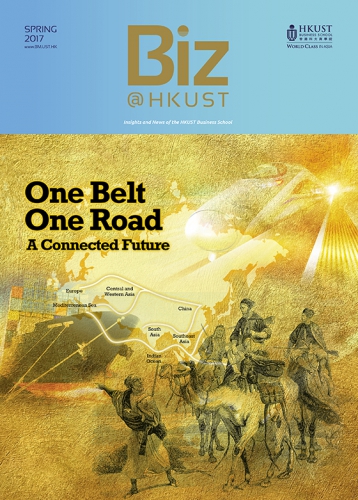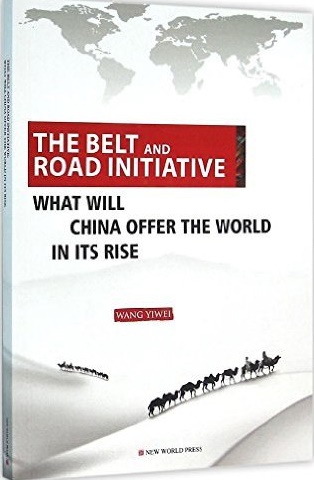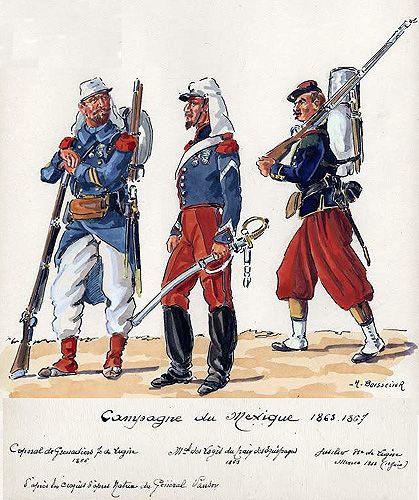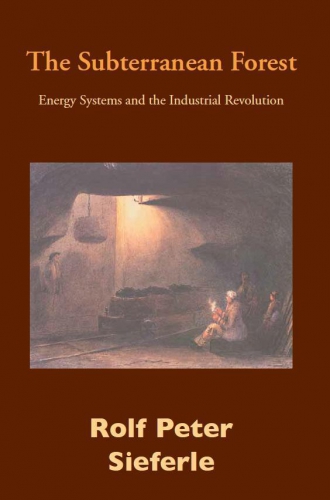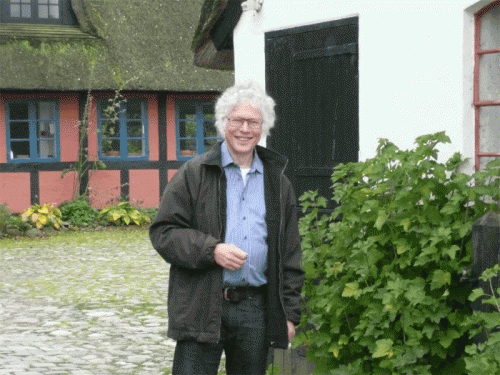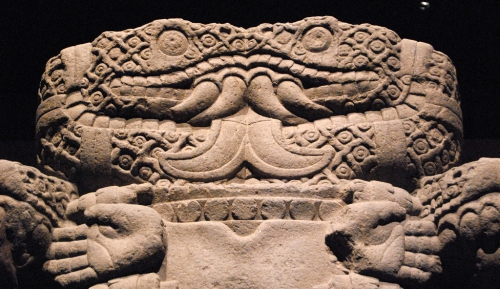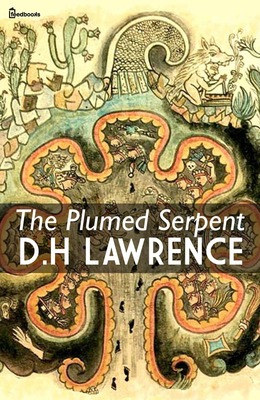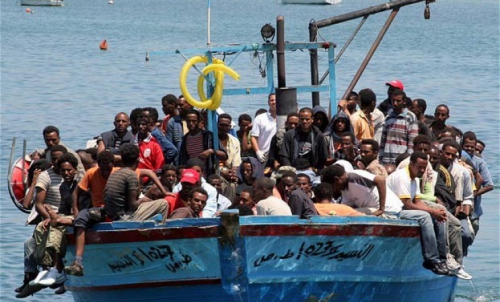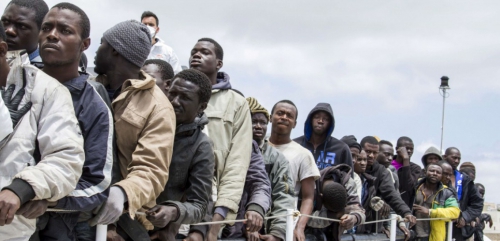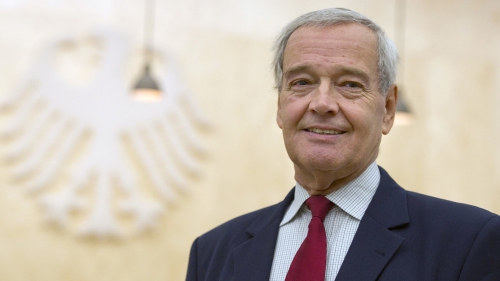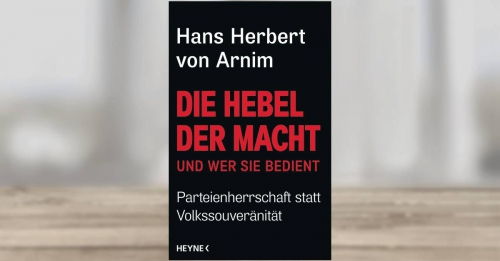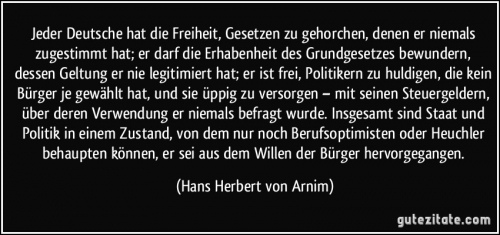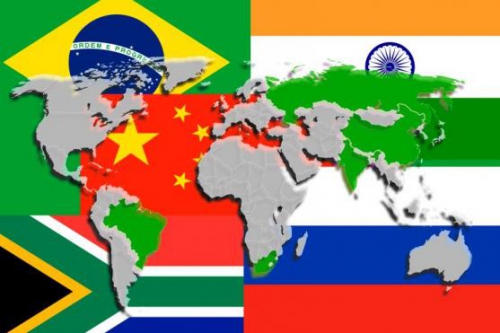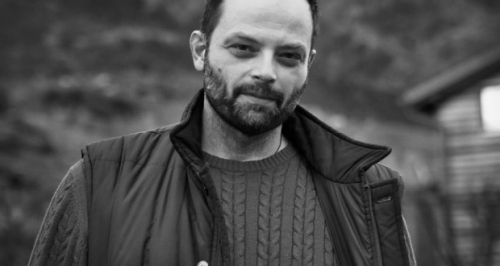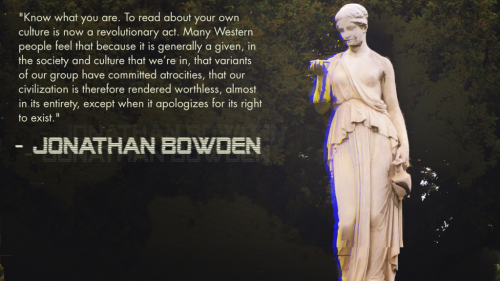
Alexis Carrel et notre civilisation destructrice
par Nicolas Bonnal
Ex: http://www.dedefensa.org
On va laisser en parler un qui a le don de les énerver, les médias et les « élites », j’ai nommé Alexis Carrel. Prix Nobel de médecine quand même, et grande star en Amérique à l’époque de Roosevelt. Le chirurgien avait enlevé ses gants pour dire ses quatre vérités, car il savait avant les Orlov, Kunstler et autres collapsologues que nous étions bien condamnés. On cite l’édition américaine que le prestigieux Carrel avait présentée à New York avant la Guerre :
« En somme, la société moderne, cette société engendrée par la science et la technologie, commet la même faute que toutes les civilisations de l’Antiquité. Elle crée des conditions de vie où la vie de l’individu et celle de la race deviennent impossibles. Elle justifie la boutade du doyen Inge : Civilization is a disease which is almost invariably fatal. Bien que la signification réelle des événements qui se passent en Europe et aux Etats-Unis échappe encore au public, elle devient de plus en plus claire à la minorité qui a le temps et le goût de penser. Toute la civilisation occidentale est en danger. Et ce danger menace à la fois la race, les nations, et les individus. Chacun de nous sera atteint par les bouleversements causés par une guerre européenne. Chacun souffre déjà du désordre de la vie et des institutions, de l’affaiblissement général du sens moral de l’insécurité économique, des charges imposées paries défectifs et les criminels. La crise vient de la structure même de la civilisation. Elle est une crise de l’homme. L’homme ne peut pas s’adapter au monde sorti de son cerveau et de ses mains. Il n’a pas d’autre alternative que de refaire ce monde d’après les lois de la vie. Il doit adapter son milieu à la nature de ses activités organiques aussi bien que mentales, et rénover ses habitudes individuelles et sociales. Sinon, la société moderne rejoindra bientôt dans le néant la Grèce et l’Empire de Rome. Et la base de cette rénovation, nous ne pouvons la trouver que dans la connaissance de notre corps et de notre âme. »
A propos de Rome et de la Grèce, lisez mon livre noir : Juvénal, Suétone, Sénèque ont vu et vécu notre situation. Sans oublier Pétrone !
Carrel ramène la démocratie à une idéologie, et on est bien d‘accord :
« Aucune civilisation durable ne sera jamais fondée sur des idéologies philosophiques et sociales. L’idéologie démocratique elle-même, à moins de se reconstruire sur une base scientifique, n’a pas plus de chance de survivre que l’idéologie marxiste. Car, ni l’un ni l’autre de ces systèmes n’embrasse l’homme dans sa réalité totale. »
Le culte moderne de la laideur, de la hideur même, est une tare universelle maintenant.
Carrel explique :
« Le sens esthétique existe chez les êtres humains les plus primitifs, comme chez les plus civilisés. Il survit même à la disparition de l’intelligence car les idiots et les fous sont capables d’œuvres artistiques. La création de formes ou de séries de sons, qui éveillent chez ceux qui les regardent ou les entendent, une émotion esthétique, est un besoin élémentaire de notre nature. L’homme a toujours contemplé avec joie les animaux, les fleurs, les arbres, le ciel, la mer, et les montagnes. Avant l’aurore de la civilisation, il a employé ses grossiers outils à reproduire sur le bois, sur l’ivoire, et la pierre, le profil des êtres vivants. »
Nous sommes moins que des fous alors ?
Puis Carrel soulève la menace de la civilisation qui pèse sur les ouvriers et artisans condamnés à disparaître :
« Aujourd’hui même, quand son sens esthétique n’est pas détruit par son éducation, son mode de vie, et le travail de l’usine, il prend plaisir à fabriquer des objets suivants son inspiration propre. Il éprouve une jouissance esthétique à s’absorber dans cette œuvre. Il y a encore en Europe, et surtout en France, des cuisiniers, des charcutiers, des tailleurs de pierre, des menuisiers, des forgerons, des couteliers, des mécaniciens, qui sont des artistes. Celui qui fait une pâtisserie de belle forme, qui sculpte dans du saindoux des maisons, des hommes et des animaux, qui forge une belle ferrure de porte, qui construit un beau meuble, qui ébauche une grossière statue, qui tisse une belle étoffe de laine ou de soie, éprouve un plaisir analogue à celui du sculpteur, du peintre, du musicien, et de l'architecte. »
Carrel plaint comme le Chaplin des Temps modernes les ouvriers :
« Si l’activité esthétique reste virtuelle chez la plupart des individus, c’est parce que la civilisation industrielle nous a entourés de spectacles laids, grossiers, et vulgaires. En outre, nous avons été transformés en machines. L’ouvrier passe sa vie à répéter des milliers de fois chaque jour le même geste. D’un objet donné, il ne fabrique qu’une seule pièce. Il ne fait jamais l’objet entier. Il ne peut pas se servir de son intelligence. Il est le cheval aveugle qui tournait toute la journée autour d'un manège pour tirer l’eau du puits. »
Un petit procès d’intention contre la civilisation – procès très mal vu maintenant qu’elle est jugée fantastique et parfaite :
« L’industrialisme empêche l’usage des activités de la conscience qui sont capables de donner chaque jour à l’homme un peu de joie. Le sacrifice par la civilisation moderne de l’esprit à la matière a été une erreur. Une erreur d’autant plus dangereuse qu’elle ne provoque aucun sentiment de révolte, qu’elle est acceptée aussi facilement par tous que la vie malsaine des grandes villes, et l’emprisonnement dans les usines. Cependant, les hommes qui éprouvent un plaisir esthétique même rudimentaire dans leur travail, sont plus heureux que ceux qui produisent uniquement afin de pouvoir consommer. Il est certain que l’industrie, dans sa forme actuelle, a enlevé à l’ouvrier toute originalité et toute joie. »
Le grand savant met enfin les points sur les I :
« La stupidité et la tristesse de la civilisation présente sont dues, au moins en partie, à la suppression des formes élémentaires de la jouissance esthétique dans la vie quotidienne. »
Ensuite le docteur Carrel aggrave son cas. Il célèbre en effet la beauté artisanale. Appréciez au passage ses grandes qualités littéraires qui nous changent des stylistes de science et vie ; et des alphabètes actuels sélectionnés au QCM :
« La beauté est une source inépuisable de joie pour celui qui sait la découvrir. Car elle se rencontre partout. Elle sort des mains qui modèlent, ou qui peignent la faïence grossière, qui coupent le bois et en font un meuble, qui tissent la soie, qui taillent le marbre, qui tranchent et réparent la chair humaine. Elle est dans l’art sanglant des grands chirurgiens comme dans celui des peintres, des musiciens, et des poètes. Elle est aussi dans les calculs de Galilée, dans les visions de Dante, dans les expériences de Pasteur, dans le lever du soleil sur l’océan, dans les tourmentes de l’hiver sur les hautes montagnes. Elle devient plus poignante encore dans l’immensité du monde sidéral et de celui des atomes, dans l’inexprimable harmonie du cerveau humain, dans l’âme de l’homme qui obscurément se sacrifie pour le salut des autres. Et dans chacune de ses formes elle demeure l’hôte inconnu de la substance cérébrale, créatrice du visage de l’Univers… »

L’atrophie esthétique donc morale peut survenir :
« Le sens de la beauté ne se développe pas de façon spontanée. Il n’existe dans notre conscience qu’à l’état potentiel. A certaines époques, dans certaines circonstances, il reste virtuel. Il peut même disparaître chez les peuples qui autrefois le possédaient à un haut degré. C’est ainsi que la France détruit ses beautés naturelles et méprise les souvenirs de son passé. »
Comme on sait la meilleure manière de détruire tout cela reste le tourisme de masse.
L’atrophie morale et intellectuelle nous rend inaptes à recréer de la beauté et nous accoutume à une laideur épouvantable (souvenez-vous du Muriel de Resnais où la ville bombardée renaît de ses cendres, mais en béton et grands ensembles) :
« Les descendants des hommes qui ont conçu et exécuté le monastère du Mont Saint-Michel ne comprennent plus sa splendeur. Ils acceptent avec joie l’indescriptible laideur des maisons modernes de la Bretagne et de la Normandie, et surtout des environs de Paris. De même que le Mont Saint-Michel, Paris lui-même et la plupart des villes et villages de France ont été déshonorés par un hideux commercialisme. Comme le sens moral, le sens de la beauté, pendant le cours d’une civilisation, se développe, atteint son apogée, et s'évanouit ».
La culture ? Tout le monde consomme la série US ou le Da Vinci code ; un copain kiosquier me disait jadis qu’il vendait jusqu’à 300 revues de bagnole… Alexis Carrel :
« Le goût de la lecture est plus grand. On achète beaucoup plus de revues et de livres qu'autrefois. Le nombre de gens qui s’intéressent à la science, à la littérature, à l’art, a augmenté. Mais ce sont les formes les plus basses de la littérature et les contrefaçons de la science et de l'art qui, en général, attirent le public. Il ne paraît pas que les excellentes conditions hygiéniques dans lesquelles on élève les enfants, et les soins dont ils sont l’objet dans les écoles, aient réussi à élever leur niveau intellectuel et moral. On peut même se demander s’il n’y a pas souvent une sorte d’antagonisme entre leur développement physique et leur développement mental. Après tout, nous ne savons pas si l’augmentation de la stature dans une race donnée n’est pas une dégénérescence, au lieu d’un progrès, ainsi que nous le croyons aujourd'hui. »
L’individu d’aujourd’hui ? Avant l’obésité (42% d’enfants obèses où je vis), avant l’abrutissement techno et média, avant l’effondrement du QI, Carrel écrit :
« Dans la civilisation moderne, l’individu se caractérise surtout par une activité assez grande et tournée entièrement vers le côté pratique de la vie, par beaucoup d’ignorance, par une certaine ruse, et par un état de faiblesse mentale qui lui fait subir de façon profonde l’influence de milieu où il lui arrive de se trouver. Il semble qu’en l’absence d’armature morale l’intelligence elle-même s’affaisse. C’est peut-être pour cette raison que cette faculté, jadis si caractéristique de la France, a baissé de façon aussi manifeste dans ce pays. Aux Etats-Unis, le niveau intellectuel reste inférieur, malgré la multiplication des écoles et des universités. »
Carrel remarque aussi :
« Le chauffage des maisons à la vapeur, l’éclairage électrique, les ascenseurs, la morale biologique, les manipulations chimiques des denrées alimentaires ont été acceptés uniquement parce que ces innovations étaient agréables et commodes. Mais leur effet probable sur les êtres humains n'a pas été pris en considération… On est arrivé ainsi à la construction des maisons géantes qui accumulent en un espace restreint des masses beaucoup trop considérables d'individus. Ceux-ci y habitent avec plaisir, car jouissant du confort et du luxe ils ne s’aperçoivent pas qu'ils sont privés du nécessaire. La ville moderne se compose de ces habitations monstrueuses et de rues obscures, pleines d’air pollué par les fumées, les poussières, les vapeurs d’essence et les produits de sa combustion, déchirées par le fracas des camions et des tramways, et encombrées sans cesse par une grande foule. Il est évident qu’elle n’a pas été construite pour le bien de ses habitants. »
On ne fait aucun progrès depuis, il ne manquerait plus que cela. Sur la médecine ou le pain blanc, Carrel avait tout dit aussi :
« Notre vie est influencée dans une très large mesure par les journaux. La publicité est faite uniquement dans l’intérêt des producteurs, et jamais des consommateurs. Par exemple, on a fait croire au public que le pain blanc est supérieur au brun. Aussi des quantités de produits alimentaires et pharmaceutiques, inutiles, et souvent nuisibles, sont-ils devenus une nécessité pour les hommes civilisés. C'est ainsi que l’avidité des individus assez habiles pour diriger le goût des masses populaires vers les produits qu’ils ont à vendre, joue un rôle capital dans notre civilisation. »
On dirait du Frédéric Bernays (lisez mon textes). Cerise sur le gâteau :
« On dirait que la civilisation moderne est incapable de produire une élite douée à la fois d’imagination, d’intelligence et de courage. Dans presque tous les pays, il y a une diminution du calibre intellectuel et moral chez ceux qui portent la responsabilité de la direction des affaires politiques, économiques et sociales. »
Notre penseur écrit sur l’apocalypse touristique dont la mission est essentiellement profanatrice, ensuite consumériste (il faut traîner, faire du hanging around) :
« L’attitude des touristes qui profanent les cathédrales d’Europe montre à quel point la vie moderne a oblitéré le sens religieux. L’activité mystique a été bannie de la plupart des religions. Sa signification même a été oubliée. A cet oubli est liée probablement la décadence des églises. »
Dans une société d’imbéciles, on ne propose pas des solutions. On les oublie. Carrel a aussi souligné le déclin qualitatif et quantitatif de nos populations :
« La France se dépeuple déjà. L’Angleterre et la Scandinavie se dépeupleront bientôt. Aux États-Unis, le tiers supérieur de la population se reproduit beaucoup moins rapidement que le tiers inférieur. L’Europe et les Etats-Unis subissent donc un affaiblissement qualitatif aussi bien que quantitatif... La civilisation occidentale ne s’est jamais trouvée en aussi grave péril qu’aujourd’hui. Même si elle évite le suicide par la guerre, elle s’achemine vers la dégénérescence grâce à la stérilité des groupes humains les plus forts et les plus intelligents. »
On le laisse conclure !
« Il faut nous lever et nous mettre en marche. Nous libérer de la technologie aveugle. »
Tel quel !
Terminons. Je sais qu’on peut lui reprocher ici et là quelques phrases (Carrel est notamment russophobe, comme nos élites, mais il a l’excuse de la peur du stalinisme). Mais avant de lui jeter la première pierre, on relit son Nietzsche :
« Les historiens naïfs appellent « objectivité » l’habitude de mesurer les opinions et les actions passées aux opinions qui ont cours au moment où ils écrivent. C’est là qu’ils trouvent le canon de toutes les vérités. Leur travail c’est d’adapter le passé à la trivialité actuelle. Par contre, ils appellent « subjective » toute façon d’écrire l’histoire qui ne considère pas comme canoniques ces opinions populaires. »
Sources
Alexis Carrel – l’homme cet inconnu
Nietzsche – Deuxième considération (sur l’histoire)
Nicolas Bonnal – Céline, la colère et les mots (Avatar éditions) ; apocalypse touristique (Amazon.fr)
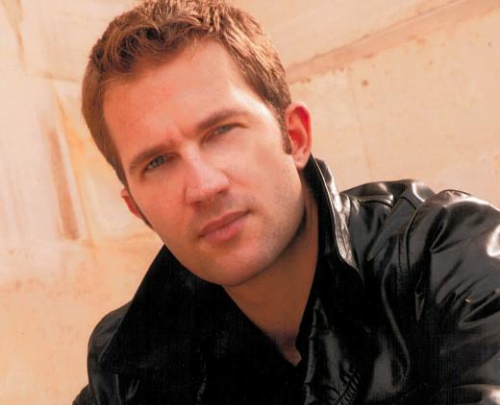
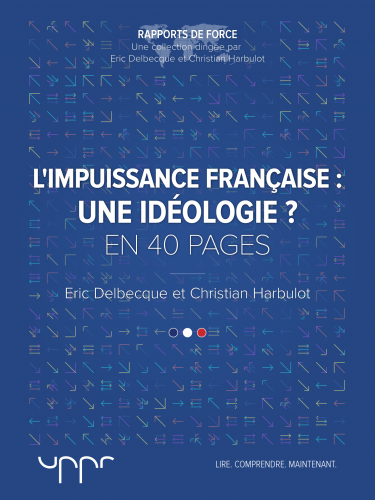
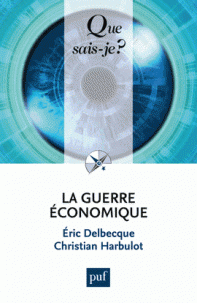





 del.icio.us
del.icio.us
 Digg
Digg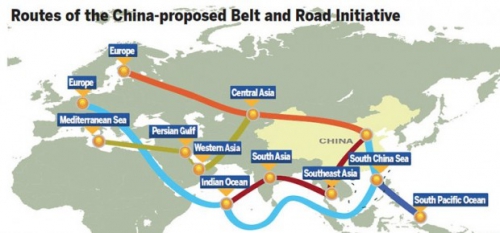
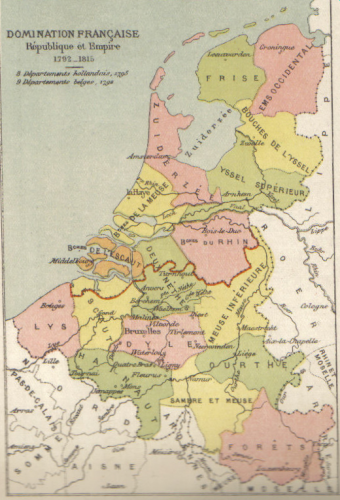

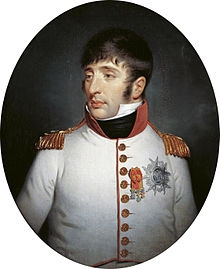 This tension between the two Bonaparte brothers was exacerbated by the effort of the Emperor Napoleon to defeat Britain by means of economic strangulation. He instituted the Continental System which forbid France and all countries controlled by or allied with France from trading with the British which, as it turned out, proved more ruinous for the continent than it did for Britain and particularly for The Netherlands which had a heavily trade-based economy. Needless to say, smuggling soon reached epidemic proportions because of this and Napoleon was so desperate to stamp it out that in 1810 he simply annexed the Kingdom of Holland and it was absorbed into the French Empire. The former King Ludwig I, by then none too popular with his brother, fled into exile in the Austrian Empire and remained there for the rest of his life. So it was that, until 1813, the Dutch, willingly or not, mostly fought alongside the French under Napoleon. For some, this did not seem all that unnatural given the long history of Anglo-Dutch rivalry and warfare.
This tension between the two Bonaparte brothers was exacerbated by the effort of the Emperor Napoleon to defeat Britain by means of economic strangulation. He instituted the Continental System which forbid France and all countries controlled by or allied with France from trading with the British which, as it turned out, proved more ruinous for the continent than it did for Britain and particularly for The Netherlands which had a heavily trade-based economy. Needless to say, smuggling soon reached epidemic proportions because of this and Napoleon was so desperate to stamp it out that in 1810 he simply annexed the Kingdom of Holland and it was absorbed into the French Empire. The former King Ludwig I, by then none too popular with his brother, fled into exile in the Austrian Empire and remained there for the rest of his life. So it was that, until 1813, the Dutch, willingly or not, mostly fought alongside the French under Napoleon. For some, this did not seem all that unnatural given the long history of Anglo-Dutch rivalry and warfare.


